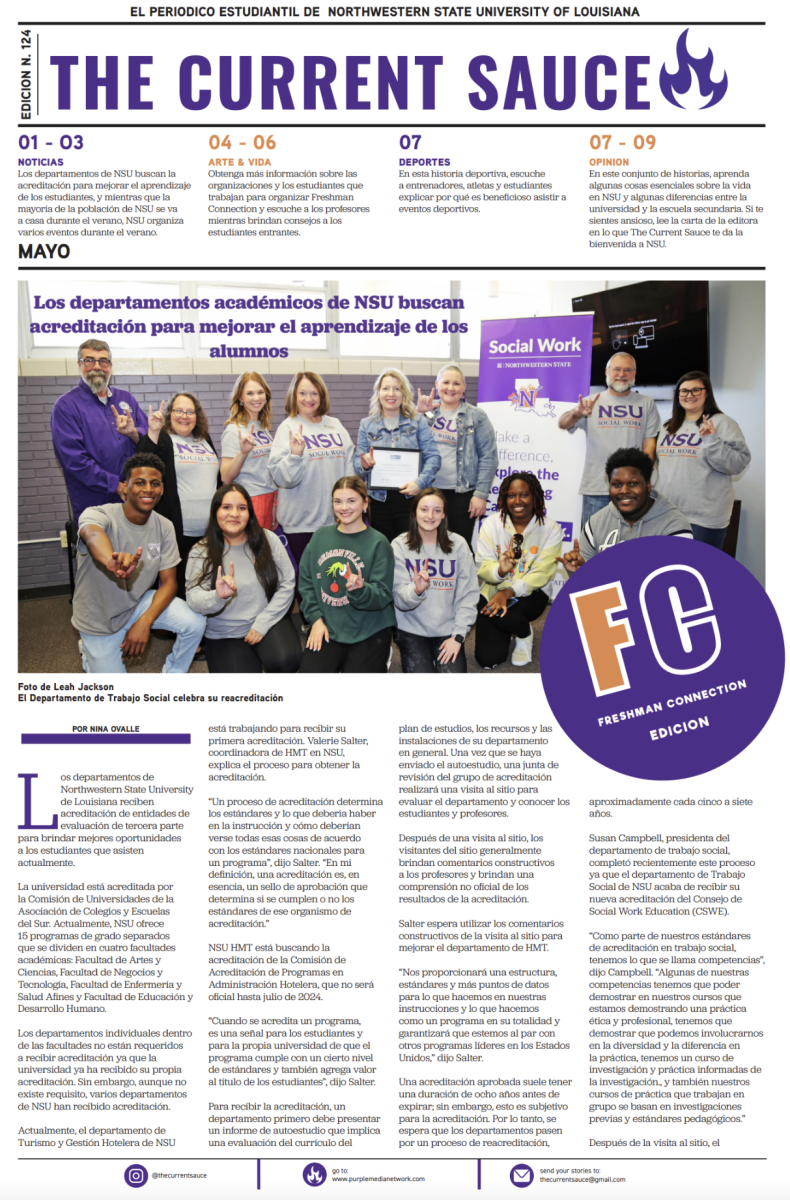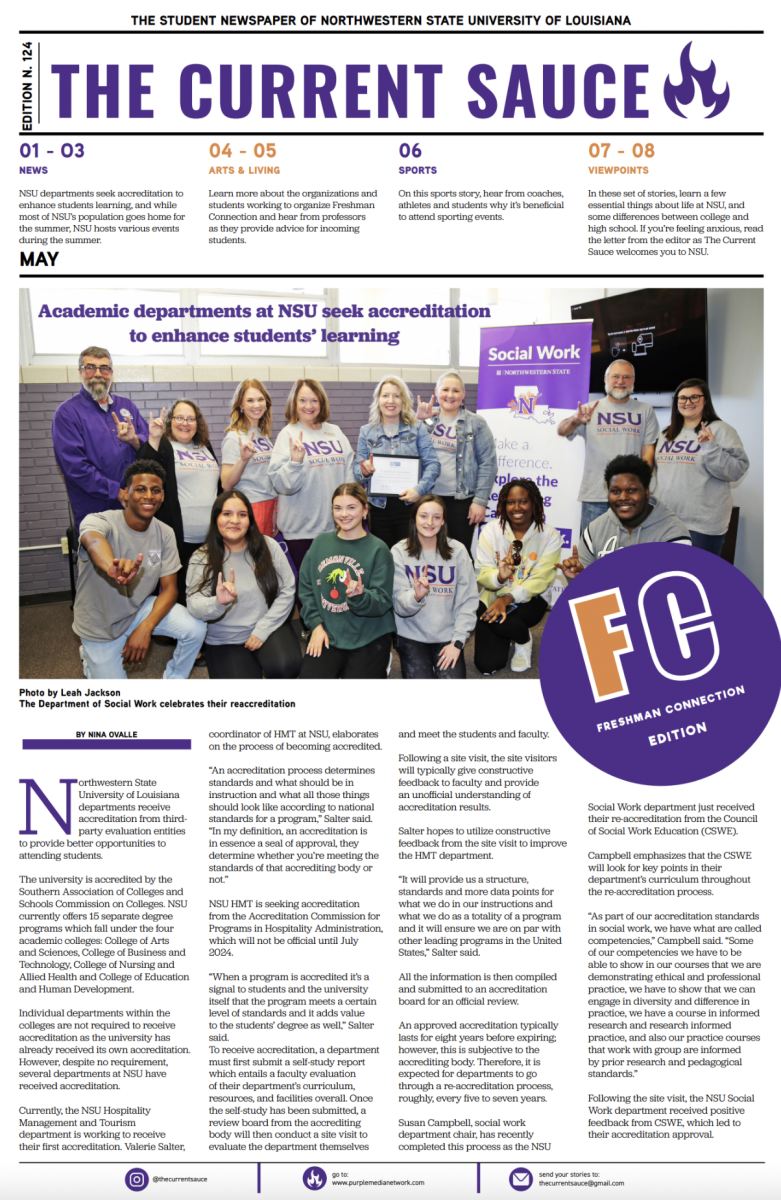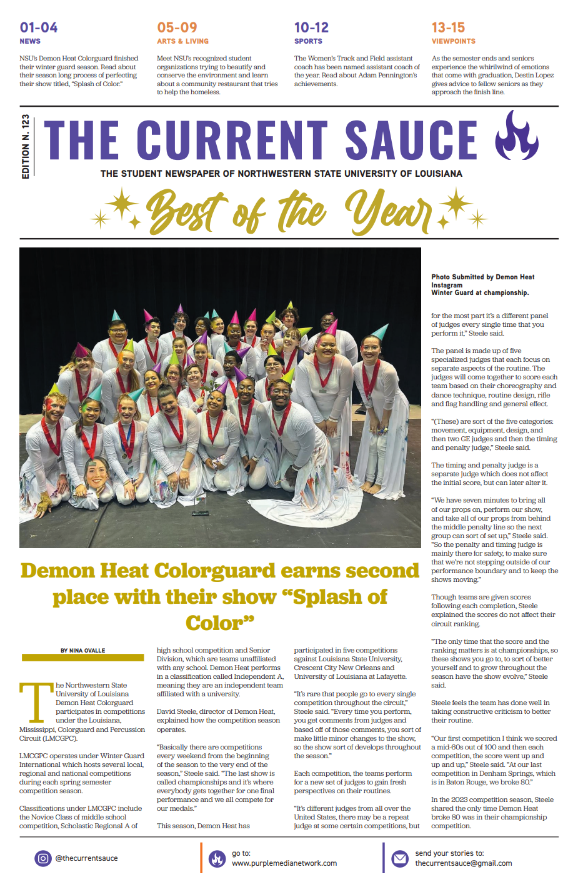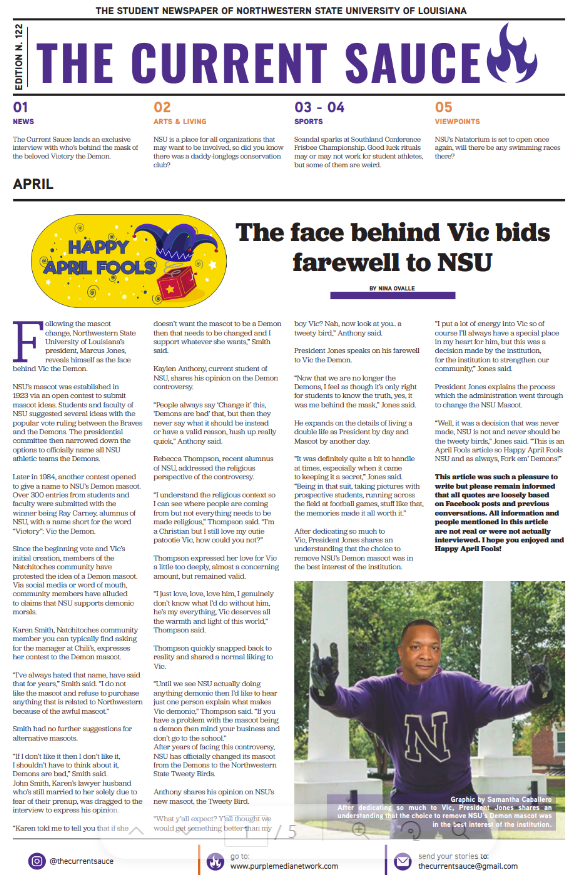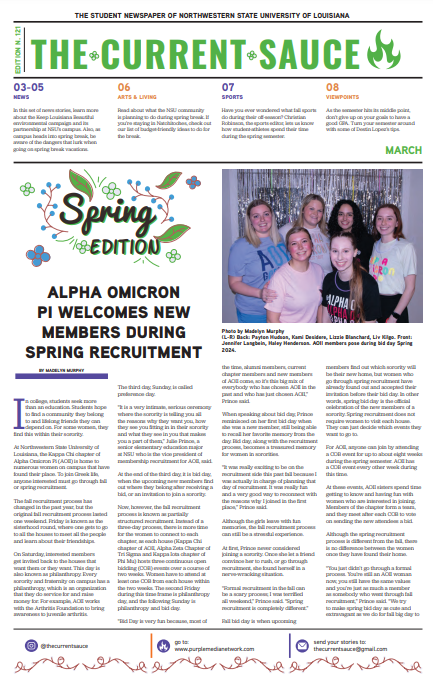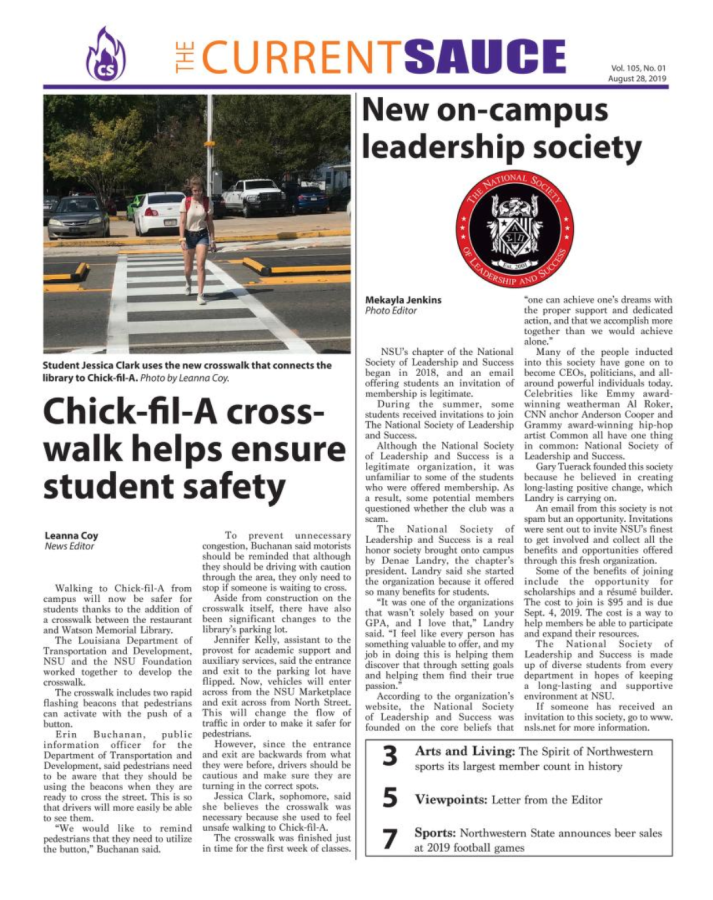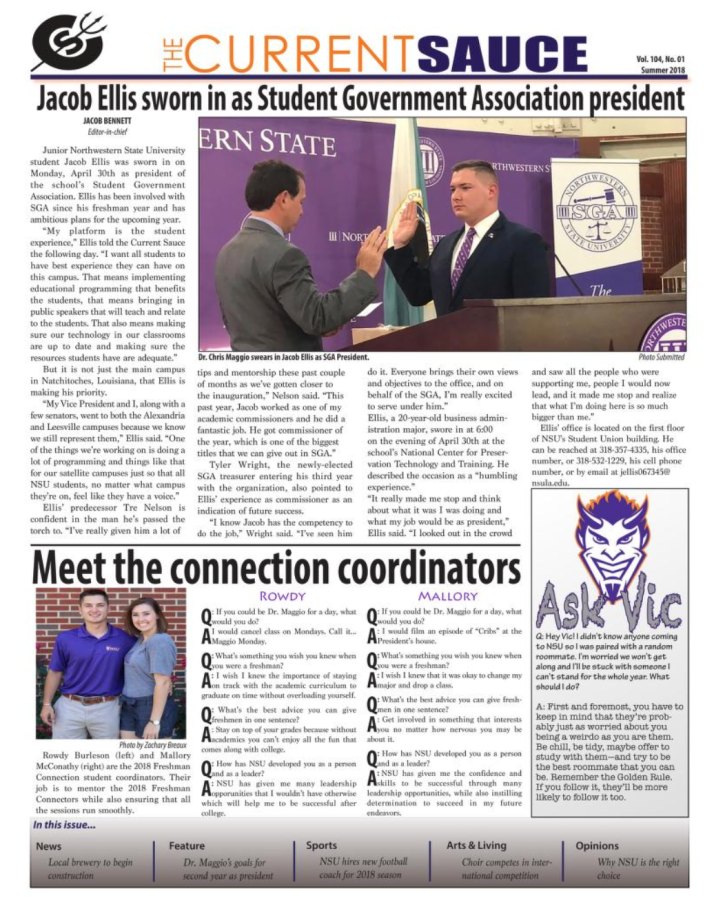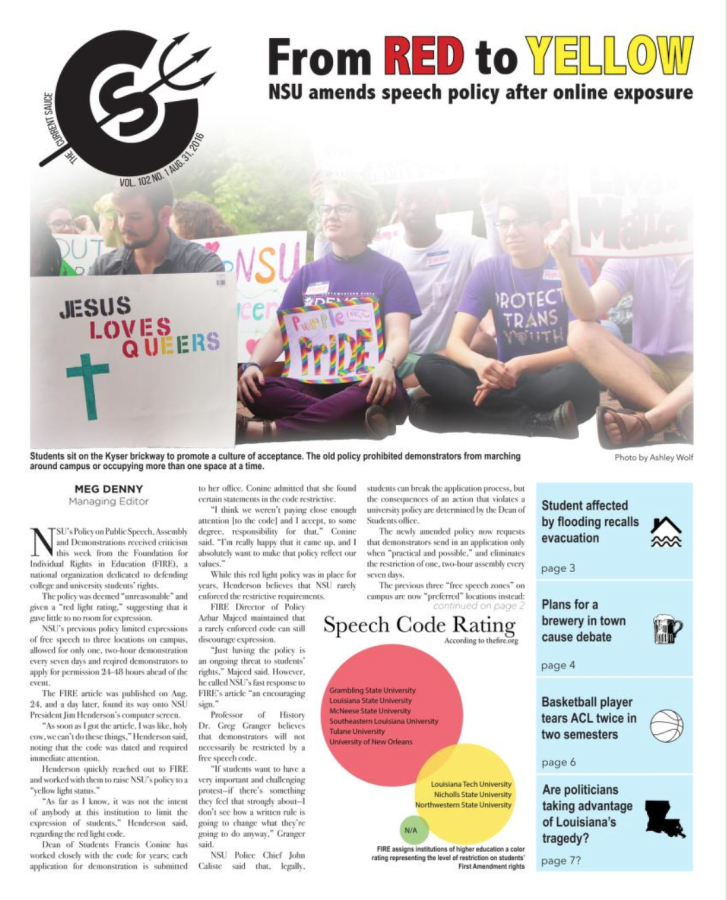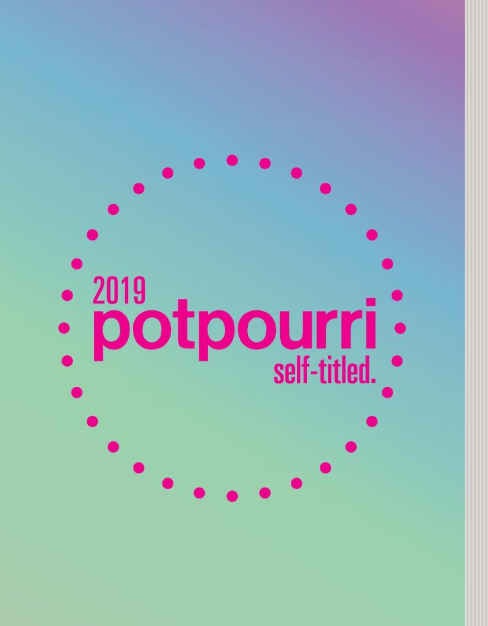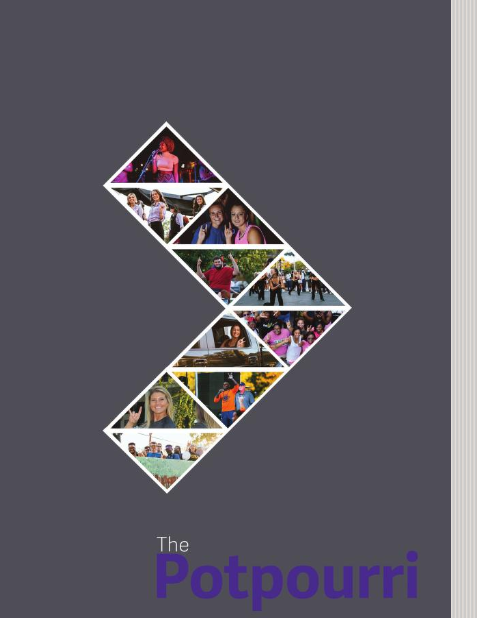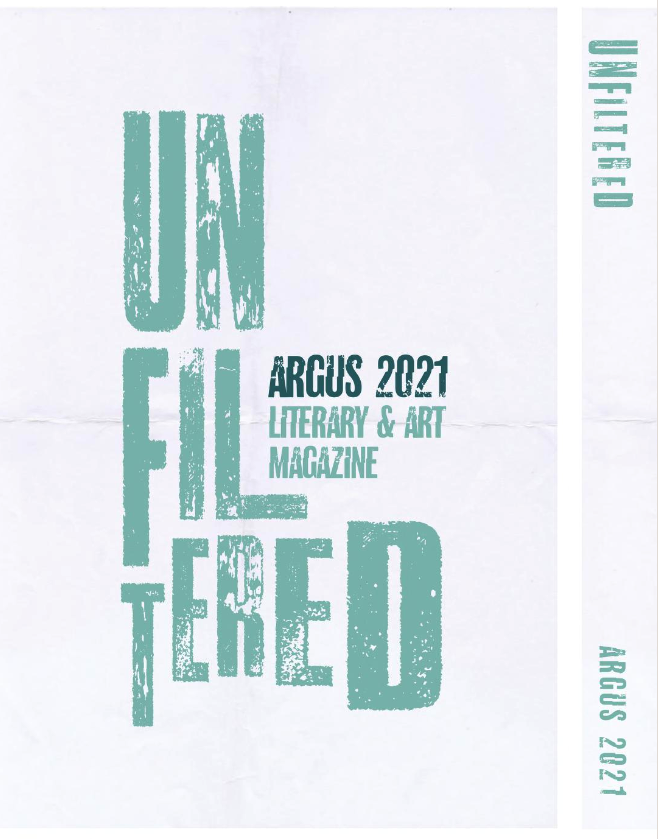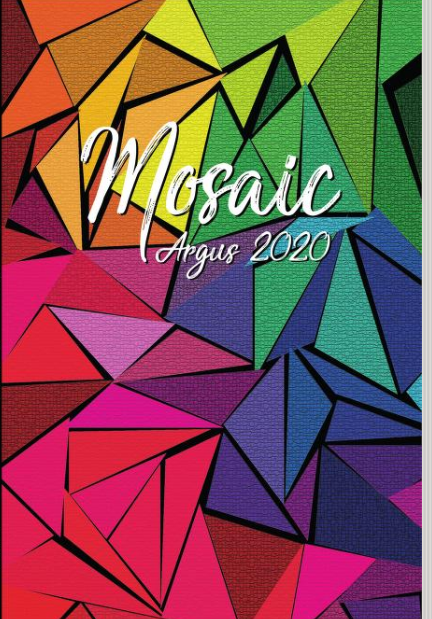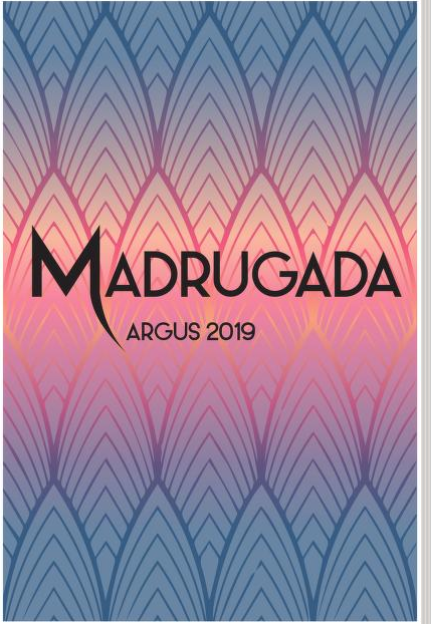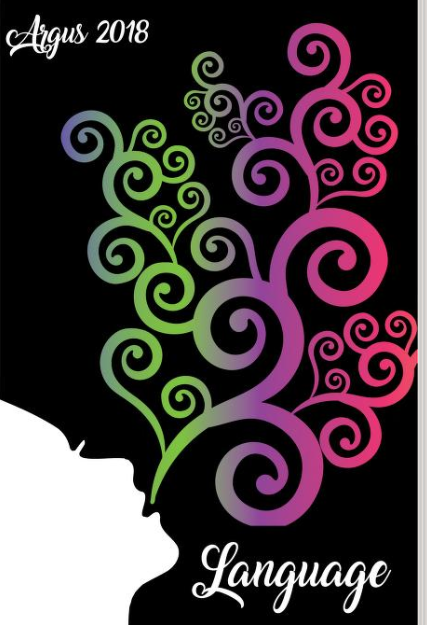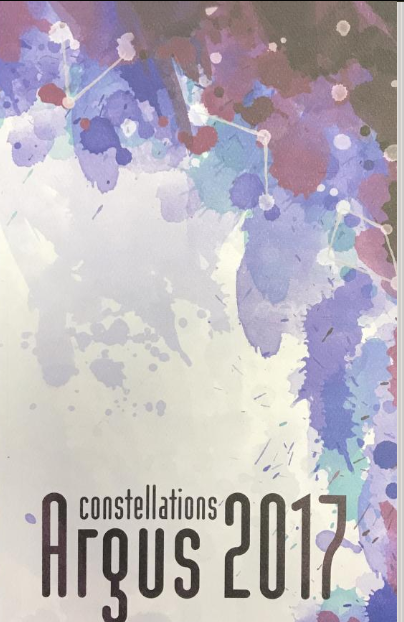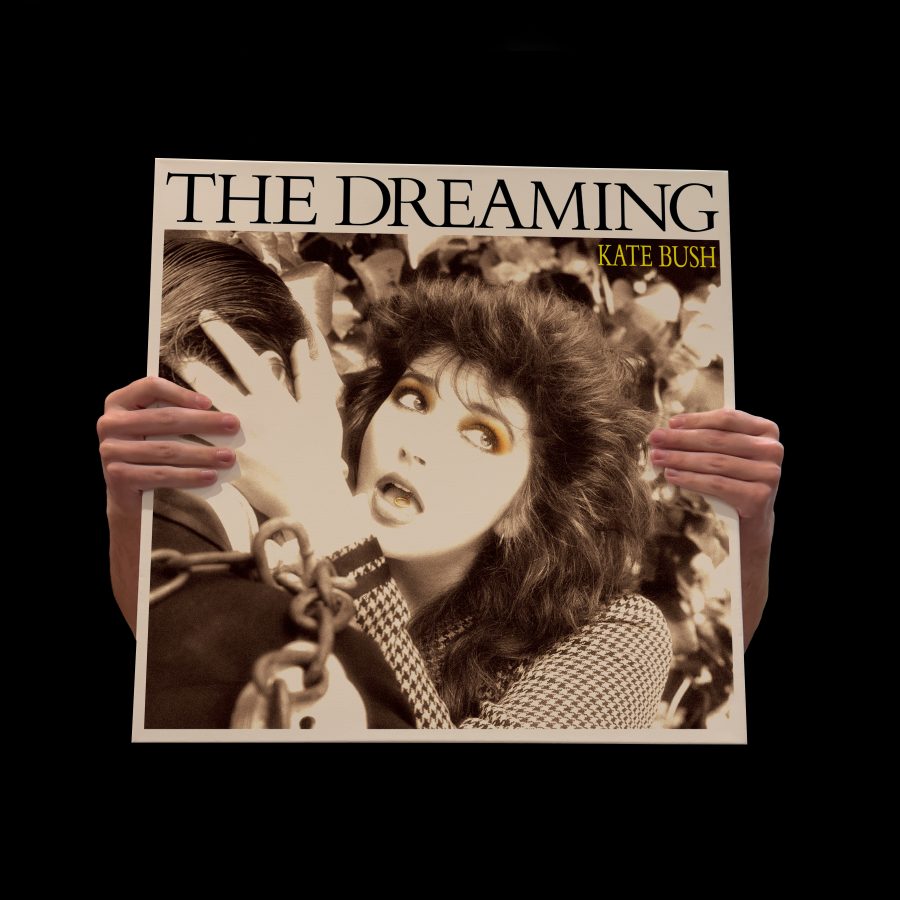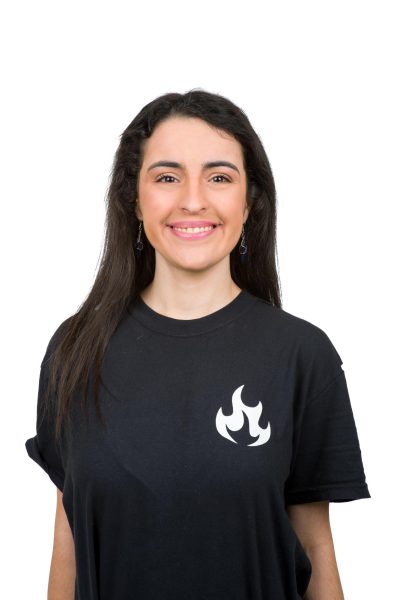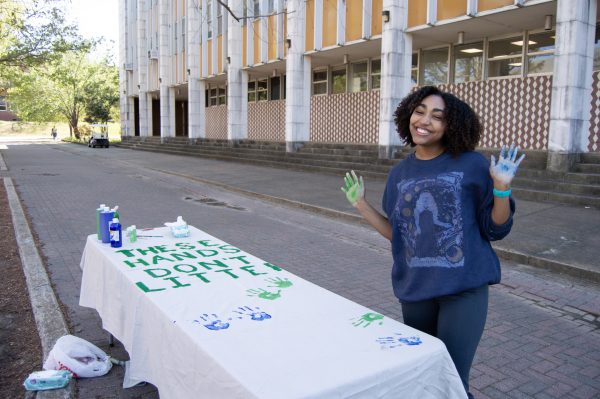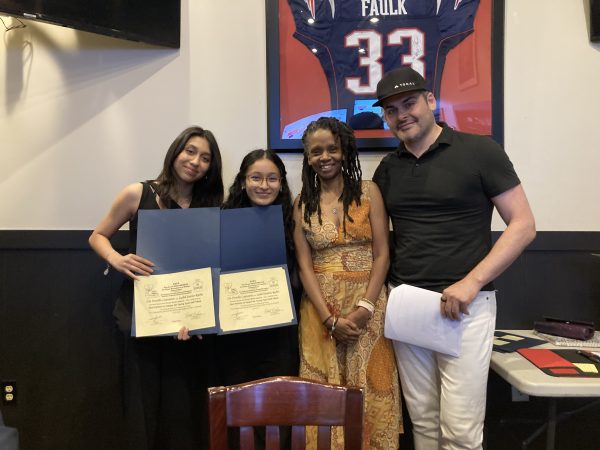Kate Bush paved the way for female creatives
The Dreaming is the fourth studio album by Kate Bush, released on 13 September 1982
In the past few months, you’ve probably heard a little song called “Running Up That Hill” on your TikTok For You Page (FYP) or on season four of the Netflix hit “Stranger Things.” At some point, you’ve also asked yourself this question: Who is the woman behind the song?
Kate Bush’s ethereal, fairy-like voice has haunted the airwaves since the 1970s. From college radio stations to hit Netflix shows, Bush’s music has served as a strong influence on women in the music scene.
Although historically, her music has been underappreciated in mainstream circles, her resurgence thanks to “Stranger Things” helped to make her work more widely known.
It’s ultimately impossible to try to box Kate Bush’s music into a specific genre, but over the years, many critics have tried (with varying degrees of success).
Kate Bush was born on July 30, 1958 in Bexleyheath, England. Although her father was a doctor and not a musician by profession, music played a pivotal role in the Bush family’s life. She was a rather shy child, but she began to write her own music at the age of eleven.
At age 16, she got David Gilmour’s (of Pink Floyd) attention thanks to her demo tape. Gilmour was impressed by what he heard, and offered Bush the opportunity for studio time to record a more polished tape.
EMI also caught wind of the young singing sensation’s abilities and placed her on retainer for two years. However, she did not release material through the label during those two years.
Instead, she used the advance provided to train in dance and mime under Lindsey Kemp, who was known as David Bowie’s teacher. She also managed to obtain multiple A-Level and O-Level qualifications (which is similar to the American College Test, or ACT) during this time.
At 19 years old, she released her debut album, “The Kick Inside” with EMI. One of the singles, “Wuthering Heights,” enjoyed four weeks of success on the United Kingdom’s charts at number one. Her mix of ethereal piano-pop and unconventional instruments helped to cement her place in the world of alternative music.
Bush also toured behind her sophomore album “Lionheart” in 1979, and the tour dates were called “The Tour of Life.” “The Tour of Life” flipped the script when it came to the traditional rock concert format, with magicians, dancers and poetry readings among the spectacle.
Her dance training helped to inform her stage act, and it also posed a problem: How would Kate Bush be able to sing and dance at the same time without being encumbered by a large microphone?
In answer to this issue, a prototype of what would later become a lavalier microphone was created, using a coat-hanger wire and a small microphone. Although the headset microphone is now commonplace among pop stars, they have Kate Bush to thank for the technology they use in their performances.
She continued to go from strength to strength, with albums such as “The Dreaming” and “Hounds of Love” (which contains “Stranger Things” hit “Running Up That Hill”).
Her desire to continually experiment and push the boundaries of what is possible helped influence artists as diverse as Big Boi (of OutKast fame), Marina Diamandis (also known as Marina) and indie darling Sharon Van Etten. Her music has even earned her multiple Rock and Roll Hall of Fame nominations and awards.
Kate Bush’s ethereal and experimental music pushed the boundaries of the possible, and her influence and creative spirit lives on to this day.

Samuel Bailey is a senior fine and graphics arts major. This is his second year in The Current Sauce as the Public Relations Manager. Samuel is a multifaceted...

